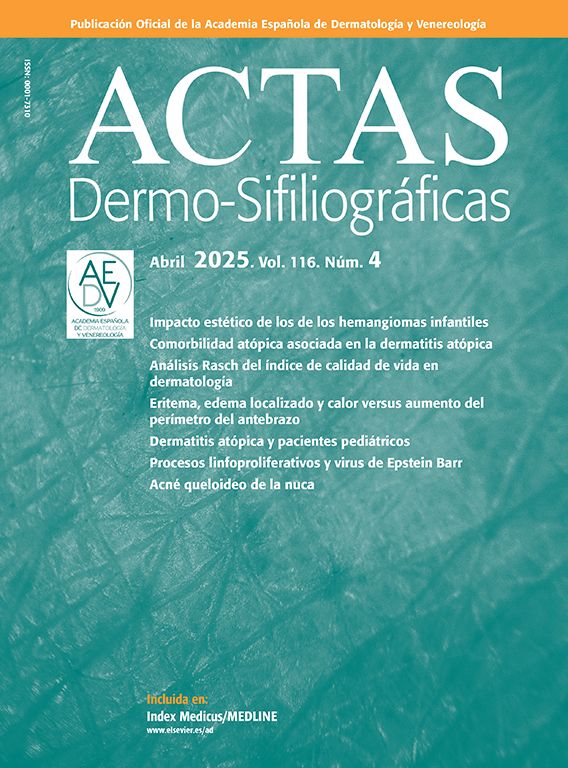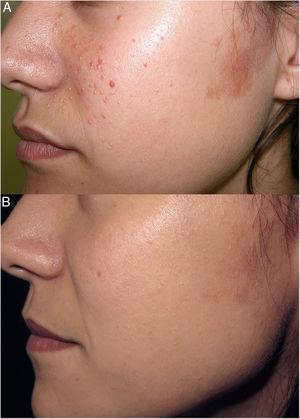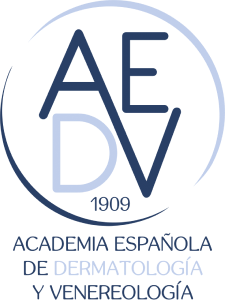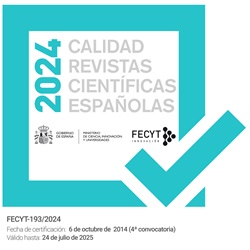The objectives of specialized medical education (SME) stem from the need to train specialist physicians through the acquisition of necessary competencies, understood as the set of definitive capabilities required to successfully develop a fully identified professional activity. These competency areas have been previously outlined and include both the resident's medical training related to the knowledge of the specialty, as well as transversal competencies that will make them a competent specialist, with cross-cutting knowledge such as communication, ethics, and critical analysis and research skills.
These objectives must be developed in the context of societal changes and must adapt to the new educational and international professional practice environment.
The tutor is the central axis of this entire competency-based learning process, which will lead to returning to society a specialist with real and demonstrated capabilities, measurable through outcomes.1
Therefore, in SME, 4 key agents interact, and their interaction is crucial for its development: society, the specialty itself, the residents, and the tutors.
The dermatology specialty has undergone significant changes in recent decades, particularly in the therapeutic area, raising concerns about an official training program for the specialty published in 2007,2 which does not include these advancements in our field.
Resident tutors play a fundamental role in the specialized training process and must perform multiple functions, including external accreditation to act as a tutor, as well as the need to manage, organize, plan, supervise, and evaluate the continuous training of the residents under their care.1 In this regard, the primary demand from resident tutors in our environment is the reduction of clinical workload to ensure teaching responsibilities in their respective services, as up to 56.8% of tutors acknowledge not having dedicated time specifically for tutoring functions,1 and up to 80% of tutors state that what they need in their teaching role is time freed from clinical duties. Among the difficulties described by tutors is also the awareness of the tutor's role among other members of the service, with 88.5% stating they are valued by residents, 85.3% having the support of their department heads, and 78.7% the support of the rest of their team, although only 75.4% of them are aware of the tutor's functions. Therefore, when residents are asked about their perception of their tutors, the lack of dedication from tutors is an area for improvement demanded by 45.36% of residents.3 Another demand from tutors is the need for specific training, and the allocation of time by services for this purpose. Despite this, 88.5% of tutors would like to continue in their role.
Finally, residents are the final link and the ultimate goal of SME, and they also consider—similarly to what is described by tutors—that clinical tasks significantly hinder teaching (4.2/5) and research (4.3/5), with only 11.5% (6/52) of residents having started their doctoral thesis during residency. They also indicate that only 7.7% (4/52) use innovative teaching tools, and 71.2% (37/52) have considerable or high availability to attend training courses.
Regarding future perspectives evaluated by residents, 75% consider that the ideal occupation would be a combination of public and private practice, 9.6% expressed a desire to work only in the public sector, and no resident wanted to work exclusively in private sector.
Recently, a study published by Ballesteros et al.4 indicates the growing interest among residents finishing their residency in new surgical and esthetic procedures, with the areas of greatest interest being complex oncological surgery, trichology—mesotherapy and transplantation—and esthetic dermatology (fillers, toxins, and anti-aging techniques). To these resident demands, we must add the new challenges of the specialty per se, including the addition of the term “aesthetic” into the specialty's name,5 which is accompanied by the residents’ interest in training in this part of the specialty, as well as the need to accredit centers for dermatology resident training and education, or the management of external rotations by residents in these esthetic dermatology centers by the teaching units that oversee them.
Therefore, the convergence of the different agents involved in the SME of dermatology residents highlights the existence of new challenges in the teaching of our specialty.





